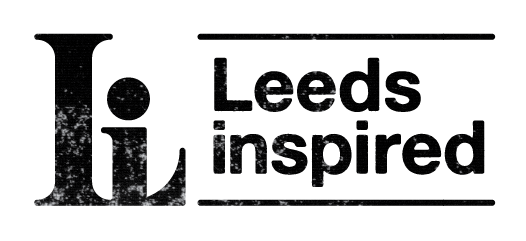Divided We Fall | Entropy
Eiger Music Studios, South Leeds
Saturday 24th May
10am -10pm
Featuring the artwork of Alisia Casper, Karen Constance & Sam Potter
Performances by Blood Stereo, Can, Dominic Deane, Herb Diamante, Brian Gilison, Joe Gilmore, Helicopter Quartet, Sohail Khan, Shatner’s Bassoon, Adam Young
Finale The Entropy Ensemble: an improvisational set featuring artists from across the days performances.
On Saturday 24th May Eiger Studios will play host to the next instalment of Divided We Fall. Unlike it's previous incarnations, this festival celebrating the experimental art community of leeds and beyond will take a diverse group of artists and present a single day of visual art, live art and music. Hinged around the central theme of entropy, a measure of disorder and chaos within systems that prevent energy from being used for work, this event will look at how this particular effect can depict something of the principles that affect the world of contemporary art
Taking artists as diverse as Blood Stereo and Herb Diamante, Sohail Khan Adam Young and Karen Constance and Alisia Casper, the exhibition focuses on artists whose work straddles the boundaries between disciplines or actually crosses over in a much more explicit manner. The day will culminate in a collaborative and completely improvised set that will involve many of the artists involved in the rest of the day's proceedings. We hope that you will join us for what will be an immense day of extemporisation and collaborative activity in the borderlands of experimental art and music.
A limited number of tickets will be FREE in advance of the day. On the door entry will cost £5
This event was supported by Arts Council England and Leeds Inspired



